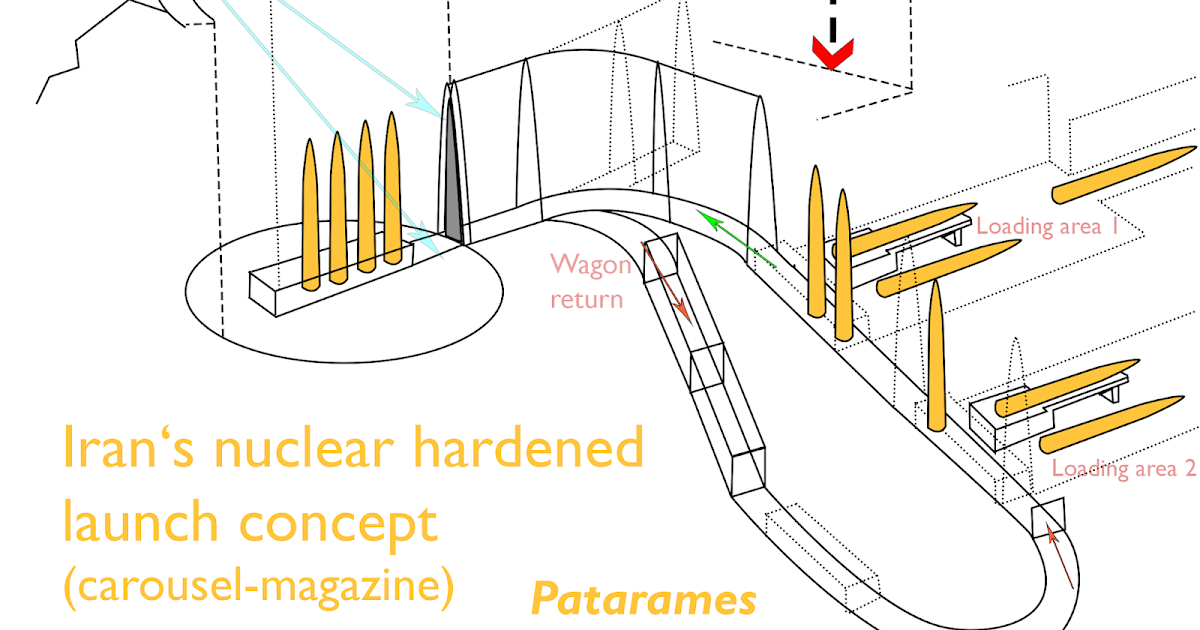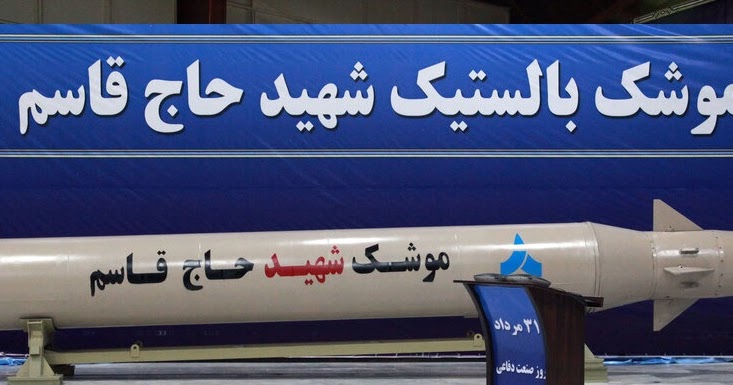Not for the Iranians. The Sejil (solid-fuel 2000km) was the most expensive BM in Iran's at $400000. The Fateh's are $100000 and the recent Raad-500 is $50000
I wonder where you got these numbers from. Just curious. On top of that, Iran's national currency is not the US$. Given that the Iranian rial/toman has depreciated against the US$ in recent years by a significant percent, I doubt you can cite a fixed US$ value for the price of any model of Iranian ballistic missile.
Besides, Iran is a country of tremendous potential with immense natural resource reserves. On the order of tens of trillions, if not hundreds of trillions. Certainly, apart from mismanagement and corruption, there is also the issue of lack of sufficient mastery of numerous civilian and military technologies that forces Iran to sign the JCPOA.
If Iranians were actually able to develop the numerous high tech products that their regime mouthpieces blaring day in, day out would have you believe, then no amount of sanctions or embargo would hurt Iran the slightest bit. Considering the tremendous natural resources, land, water, natural attractions and history of Iran, it should be obvious that despite repeated and frequent boastful propaganda, Iranians have not yet been able to master really high end technologies.
Their primary export item, much like their Arab neighbours ruled by dictators, is hydrocarbons. They can not even develop their own hydrocarbon reserves without foreign assistance.
Given the Iranian reaction after Trump ordered assassination of Qasem Soleimani, there is little reason to believe in Iranian pompous or boastful claims of magnificent weapons technologies or grand technological breakthroughs.
I remember many Iranians were boasting how Iran, by 2018, were going to be the 4th most prolific publishers of scientific and technology papers in international journals.
All of that based on an unreliable 'forecast':
http://www.scimagolab.com/blog/wp-content/uploads/2012/04/forecasting-excercise.pdf
It's almost the end of 2020. That forecast is
yet to be realized. If it comes to pass and Iranian reaction for the murder of Qasem Soleimani results in greater loss to the United States, in strictly military terms, than I would be very glad to revisit my opinion on Iranian unwarranted bragging.
They even bragged about sending astronauts to space by 2015. And later shifted the date to 2018.
https://en.mehrnews.com/news/53960/Iran-to-send-astronaut-to-space-by-2015






